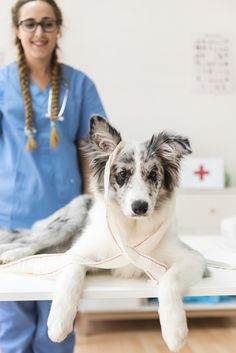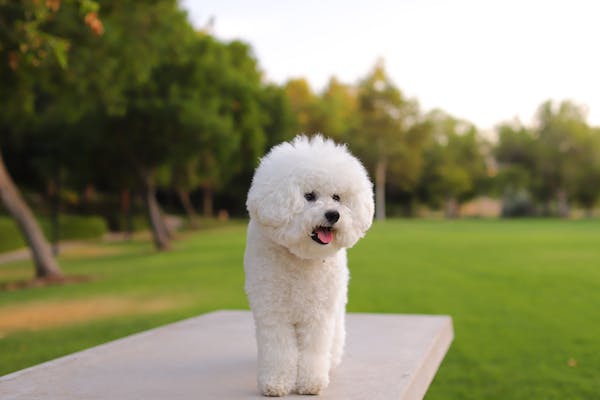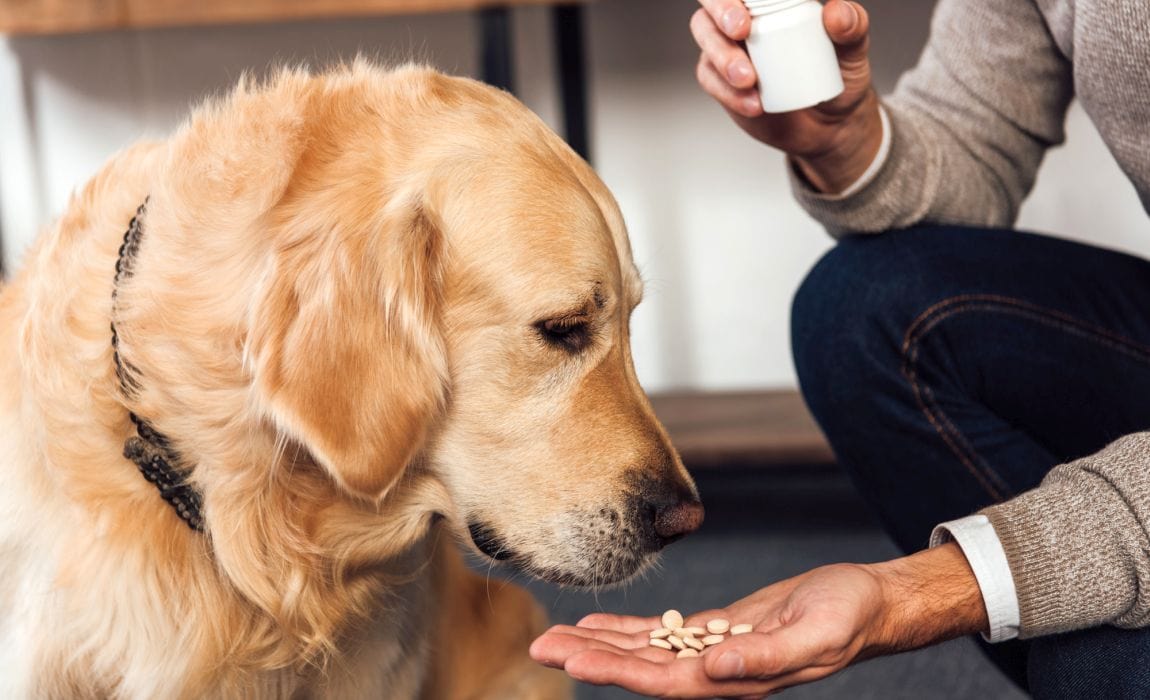As loving dog owners, it is our responsibility to provide our furry companions with the care they need, especially in times of injury. Accidents happen, and our dogs are not immune to cuts and wounds. In this comprehensive guide, we will delve into the topic of treating cuts and wounds on dogs, equipping you with the knowledge and confidence to handle these situations effectively. By following the proper first aid techniques and providing timely care, you can ensure your canine friend’s well-being and aid in their speedy recovery.
Identifying and Assessing Cuts and Wounds: Understanding the Types and Severity
When it comes to treating cuts and wounds on dogs, the first step is to identify the injury and assess its severity. Dogs can experience various types of injuries, including small abrasions, lacerations, and puncture wounds. It is crucial to examine the wound carefully and determine if it requires immediate veterinary attention or if it can be treated at home. Look for signs of bleeding, swelling, or foreign objects embedded in the wound. Assessing the severity will help you determine the appropriate course of action.
Initial Steps: Safety First, Calming Your Canine Companion
Before providing first aid, ensure your safety and your dog’s well-being. Approach your dog calmly and gently restrain them if necessary. Remember, even the most docile dogs may react differently when in pain or distress. Use a muzzle or place a cloth over their mouth if needed, but make sure it does not obstruct their breathing. By taking these precautions, you can safely proceed with providing the necessary care.
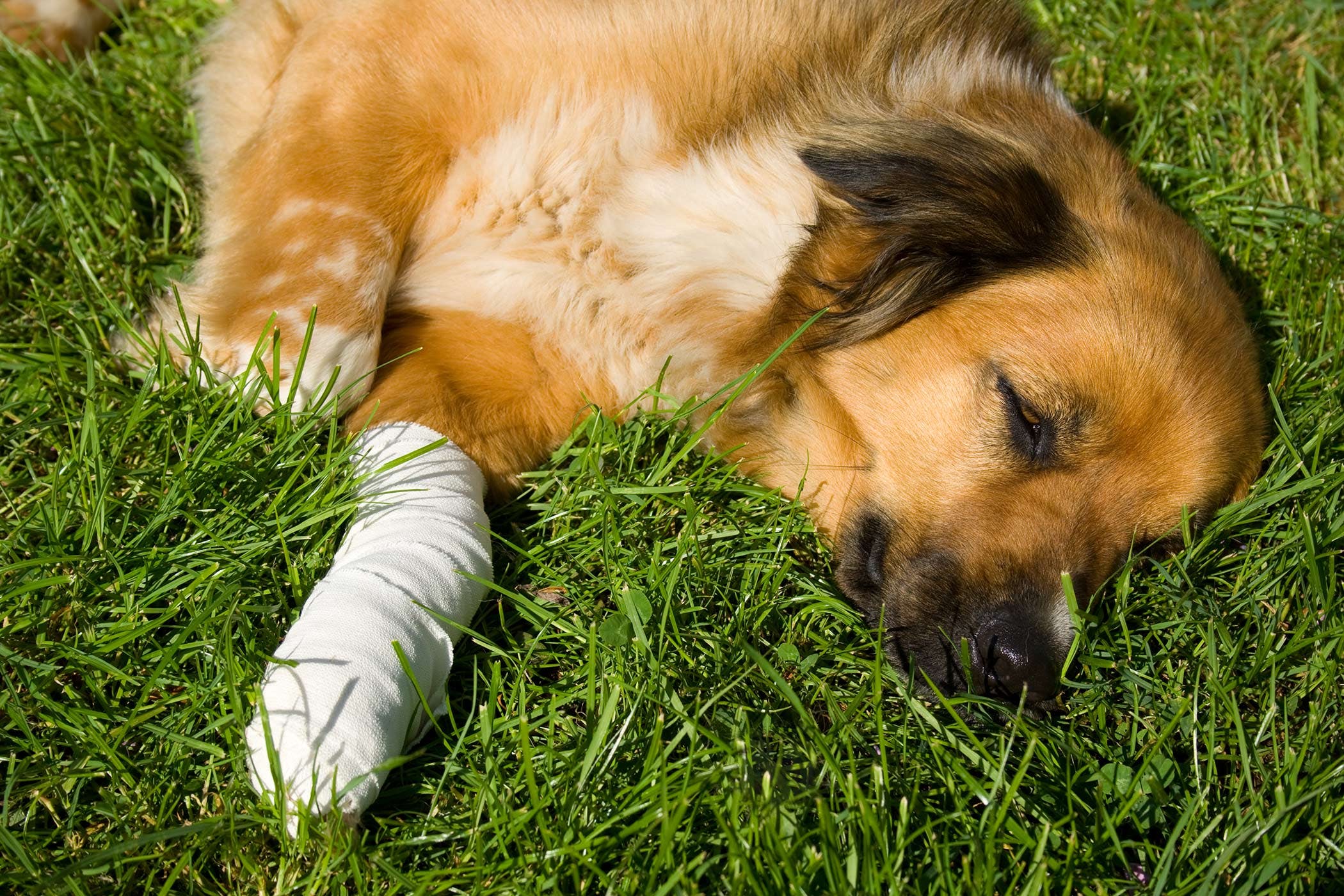
Cleaning and Disinfecting the Wound: Minimizing the Risk of Infection
Proper wound cleaning is crucial to prevent infection and promote healing. Start by gently trimming the hair around the wound to expose the injured area. Then, cleanse the wound using a mild antiseptic solution or sterile saline. Avoid using hydrogen peroxide, alcohol, or other harsh chemicals, as they can be damaging to the tissues. Gently flush the wound, removing any debris or foreign objects. Pat the area dry with sterile gauze, ensuring not to leave any fibers behind. Remember, cleanliness is key to minimizing the risk of infection.
Dressing and Bandaging Techniques: Protecting the Wound and Promoting Healing
Depending on the size and location of the wound, dressing and bandaging may be necessary to protect it and aid in healing. Use non-stick pads or sterile gauze to cover the wound, ensuring it is large enough to extend beyond the edges. Secure the dressing with adhesive tape or a self-adhering bandage, making sure it is snug but not too tight to impede circulation. If the wound is in an area that is difficult to bandage, consider using an Elizabethan collar to prevent your dog from licking or chewing the wound. Regularly check the bandage for any signs of discomfort, swelling, or leakage.
Natural Remedies and Topical Treatments: Enhancing Healing and Soothing the Wound
In addition to traditional wound care, there are natural remedies and topical treatments that can aid in the healing process and provide relief to your dog. Aloe vera gel, known for its soothing properties, can be applied topically to promote healing. Herbal solutions, such as calendula or chamomile, can help reduce inflammation and prevent infection. Consult with your veterinarian about suitable products or homemade remedies to ensure their safety and effectiveness for your dog’s specific needs.
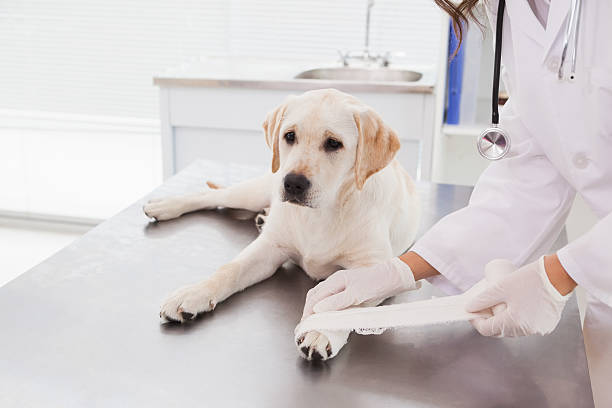
Monitoring and Follow-up Care: Ensuring a Speedy Recovery
Treating cuts and wounds on dogs doesn’t end with the initial first aid. It is essential to monitor the wound’s progress and provide appropriate follow-up care. Keep a close eye on the wound for any signs of infection, such as increased redness, swelling, discharge, or an unpleasant odor. If you notice any concerning changes or if the wound does not appear to be healing, consult your veterinarian promptly. They may recommend a follow-up visit or prescribe antibiotics if necessary. Additionally, ensure that your dog avoids excessive activity or licking of the wound, as this can hinder the healing process.
Conclusion
With the knowledge and confidence gained from this guide, you are now equipped to provide first aid for cuts and wounds on dogs with care and confidence. By identifying and assessing the injury, cleaning and disinfecting the wound, using appropriate dressing and bandaging techniques, and considering natural remedies, you can aid in your canine companion’s recovery. Remember to monitor the wound’s progress and seek professional veterinary care if needed. Your attentiveness and prompt actions will ensure your furry friend’s well-being and help them heal quickly. Stay prepared, stay calm, and be the hero your Fido deserves.
